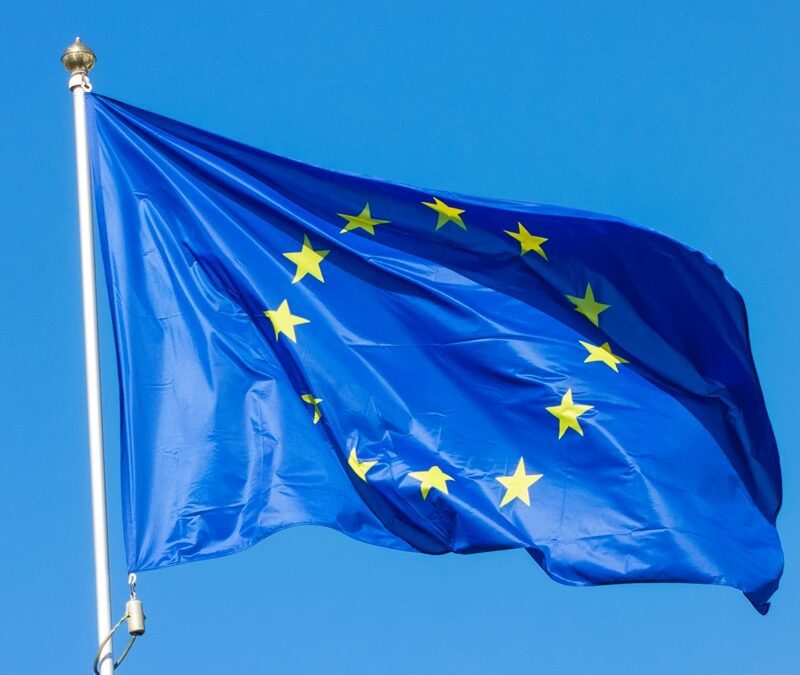How To Create An ESG Framework (And Why You Should)
How To Create An ESG Framework (And Why You Should)
How To Create An ESG Framework (And Why You Should)
How To Create An ESG Framework (And Why You Should)
Everyone in the business world is talking about ESG (Environment, Social, and Governance) these days. And for good reason. Although Prime Minister, Rishi Sunak, recently announced that he is rolling back the targets on certain net-zero policies, the UK is still committed to reaching net-zero by 2050. Also, the fact that 75% of British people are worried about climate change makes it clear that to attract customers and investors, companies need to make sustainability, social responsibility, and good governance part of their core values. Therefore, to assist you in creating an effective ESG framework, we have developed this how-to guide.
What is ESG?
ESG is an umbrella term for a broad range of environmental, social, and governance factors against which investors and consumers can assess the behaviour of companies. It was primarily used in the financial sector, but it has now been adopted by almost every industry, including fossil fuel, transport and logistics, technology, chemicals, manufacturing, retail and electronics.
An ESG framework consists of:
- Environment – the impact the business has on the environment and climate change, considering factors including a company’s carbon footprint, its impact on biodiversity, and its production of wastes and pollution.
- Social – the management of relationships with stakeholders, including providing good working conditions and fair wages for employees, having a positive impact on the community, and being accountable for the acts and omissions of global supply chain partners. Inclusivity, data protection and privacy, and services to the community should also be considered.
- Governance – how the organisation is managed, including meeting its regulatory and reporting compliance/requirements, as well as its risk management policies and procedures.
How is ESG measured?
ESG does not comprise of some throwaway claims to be included on the company website and investor decks. Many countries require businesses to submit sustainability reports so investors, consumers, shareholders, and other stakeholders can see how the organisation’s ESG performance measures up against its claims.
The Companies (Strategic Report) (Climate-related Financial Disclosure) Regulations 2022 and the Limited Liability Partnerships (Climate-related Financial Disclosure) Regulations 2022 apply to all UK registered companies and Limited Liability Partnerships (LLPs) with over 500 employees and an annual revenue of more than £500 million. These companies must submit a sustainability statement on climate-related disclosures in their annual strategic or energy and carbon reports.
Certain companies must also be aware of the Corporate Sustainability Reporting Directive (CSRD) which came into force in 2021. The Directive expands the existing rules concerning social and environmental reporting. From January 2024, almost 50,000 companies will need to comply with mandatory sustainability reporting. This includes non-EU companies which have subsidiaries operating within the EU or are listed on EU regulated markets.
In America, the U.S. Securities and Exchange Commission (SEC) is expected to finalise its plans to force publicly traded companies to publish information regarding carbon emissions. The main controversy around this new requirement is that reporting must include Scope 3 emissions which will require an enormous number of resources to monitor and even then, the reporting may not be accurate.[1]
What steps are required to develop an ESG framework?
Developing an ESG framework is not something that can be put together in a week or two. The first and most crucial step is to bring together relevant stakeholders in the business and start a conversation about what ESG commitments matter to those involved in the organisation. When it comes to getting ideas about issues everyone should be thinking about, good places to start are the UN Sustainable Development Goals (SDGs) and SASB Standards.
It is important to keep in mind that an ESG framework should support business growth and profitability. Therefore, you will need to prioritise the wishes of stakeholders to ensure the framework fits into the overall company strategy. In addition, you need to be able to deliver on your commitments. It is better to start with a small framework of say three to five sustainability objectives you can meet and build up from there.
In 2017, the Financial Stability Board’s (FSB’s) Taskforce on Climate-related Financial Disclosures (TCFD) published its final report and recommendations. This sets out information that an organisation should disclose to enable investors, lenders, and insurance underwriters to better understand how it oversees and manages climate-related financial risks. The report also sets out how a business should evaluate climate change risks and therefore is an excellent resource when it comes to drafting an ESG framework.
Concluding comments
Companies that are serious about attracting investors, managing their reputation and risk, and providing benefits to the environment and their community need a robust ESG framework in place that supports the business’s overall growth strategy. Because increasingly, growth and sustainability go hand in hand. In a 2021 article, Five Ways That ESG Creates Value, the authors stated:
“The overwhelming weight of accumulated research finds that companies that pay attention to environmental, social, and governance concerns do not experience a drag on value creation—in fact, quite the opposite (Exhibit 1). A strong ESG proposition correlates with higher equity returns from both a tilt and momentum perspective.”
To find out more about any matters discussed in this article, please email us at info@43legal.com or phone 0121 249 2400.
The content of this article is for general information only. It is not, and should not be taken as, legal advice. If you require any further information in relation to this article, please contact 43Legal.
[1] Greenhouse gas emissions are divided into Scope 1,2, and 3. Scope 1 refers to emissions that are a direct result of business operations, such as vehicles, heating buildings, and operating machinery. Scope 2 covers indirect emissions created by the production of energy the company purchases. Scope 3 refers to emissions released by consumers using a company’s products or suppliers making products that the organisation uses.











